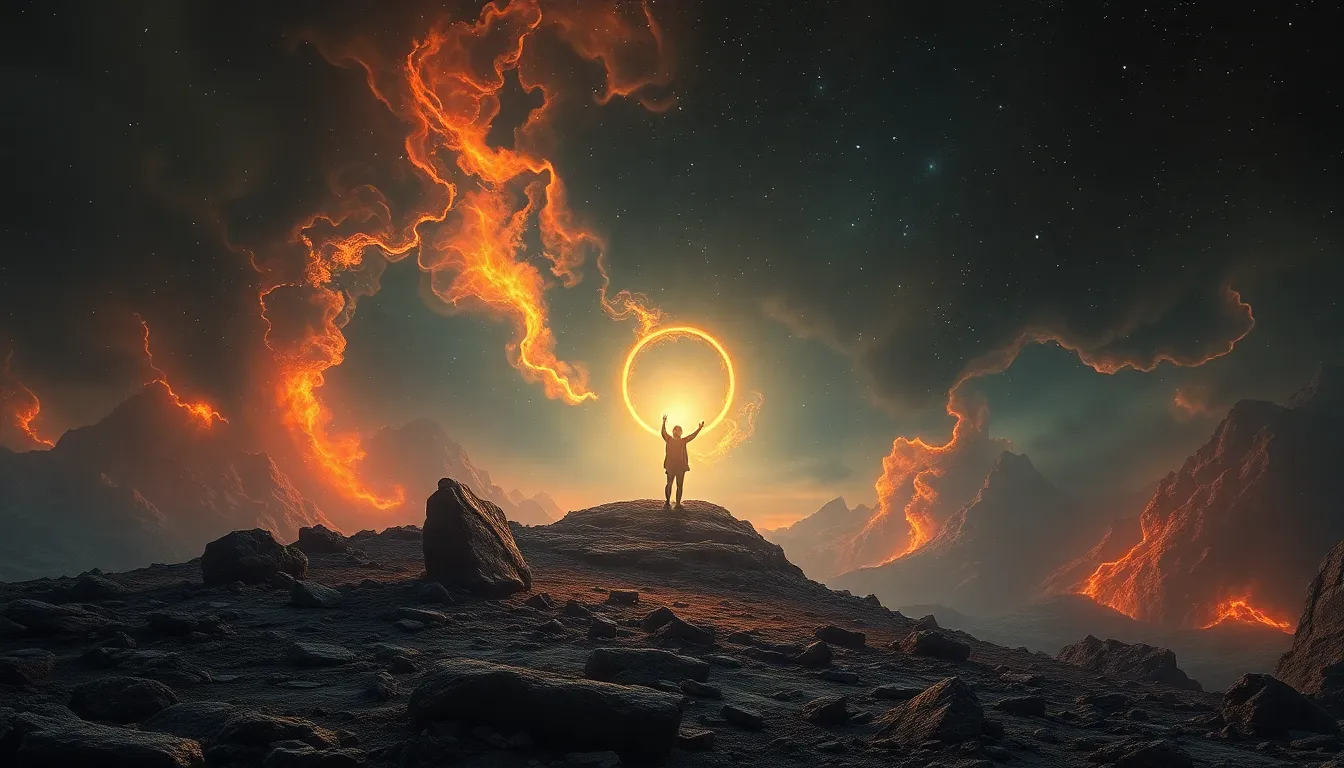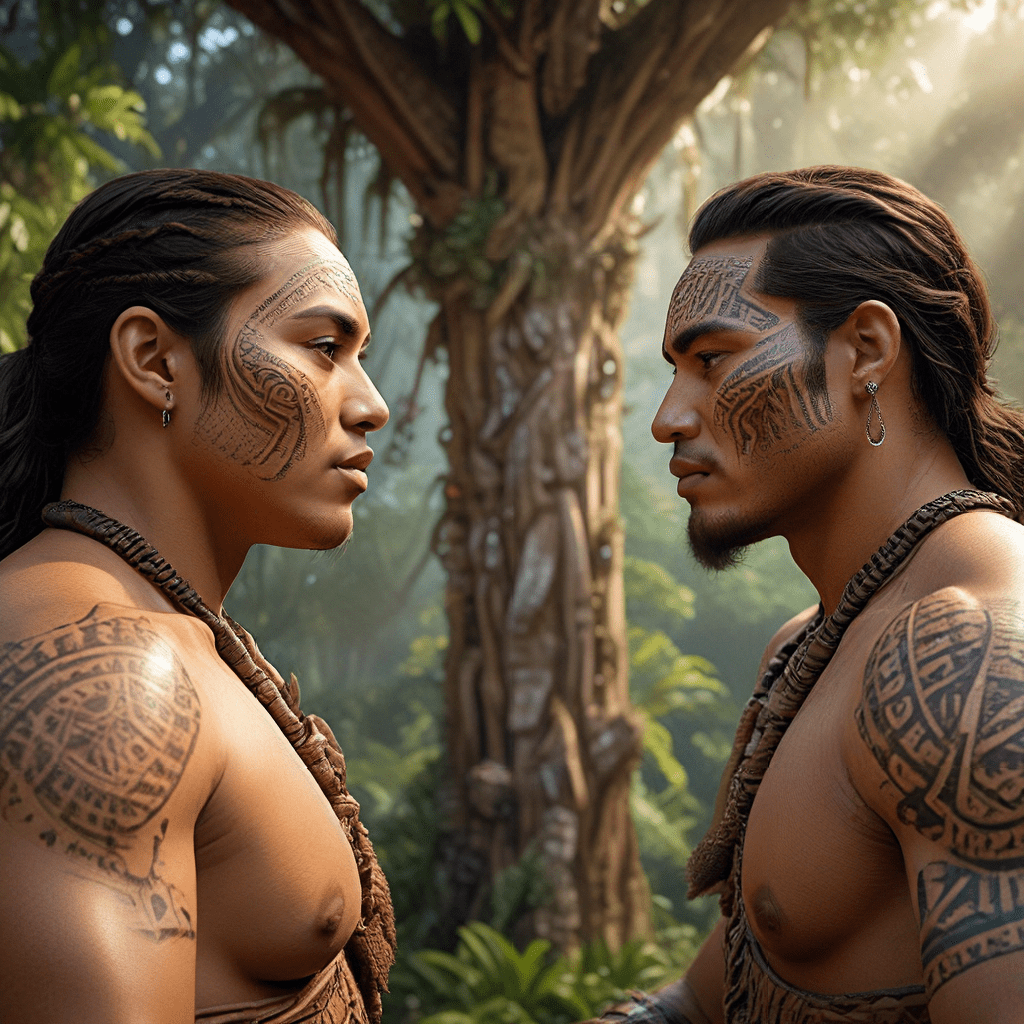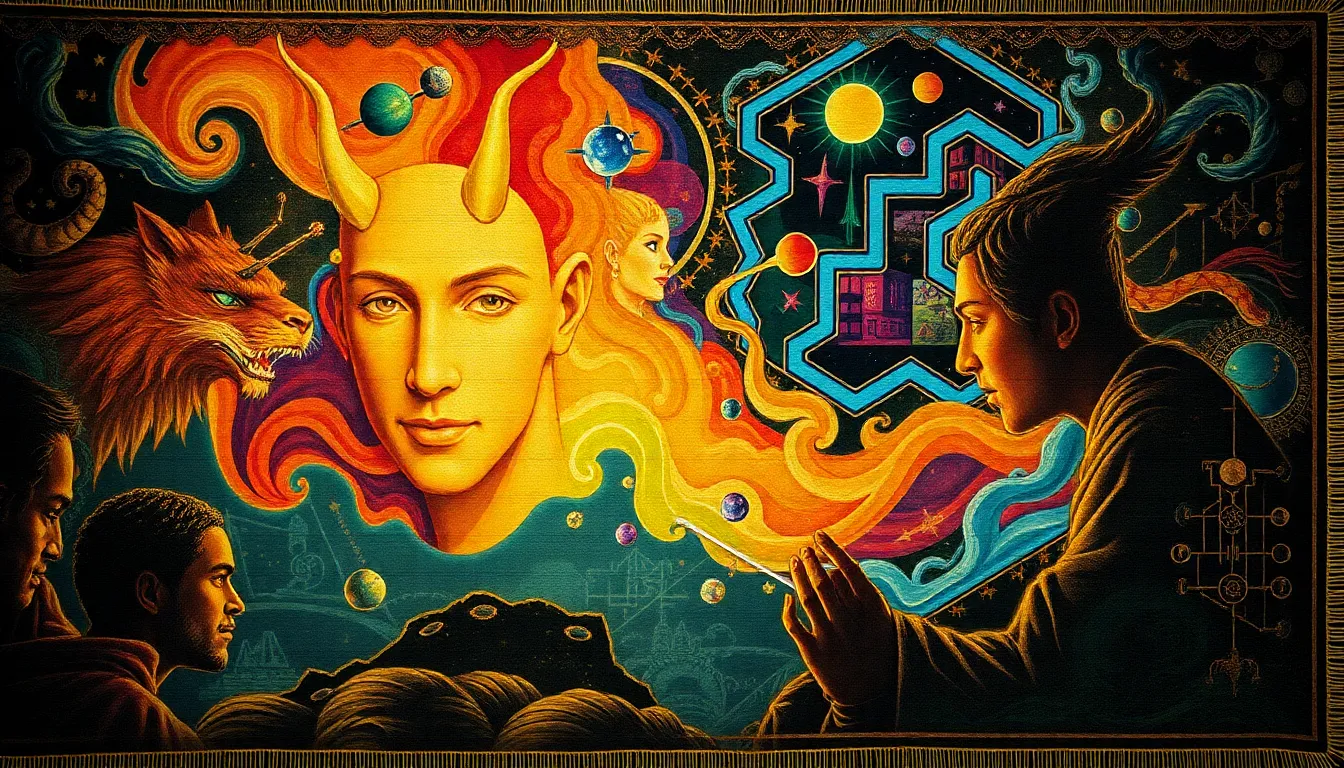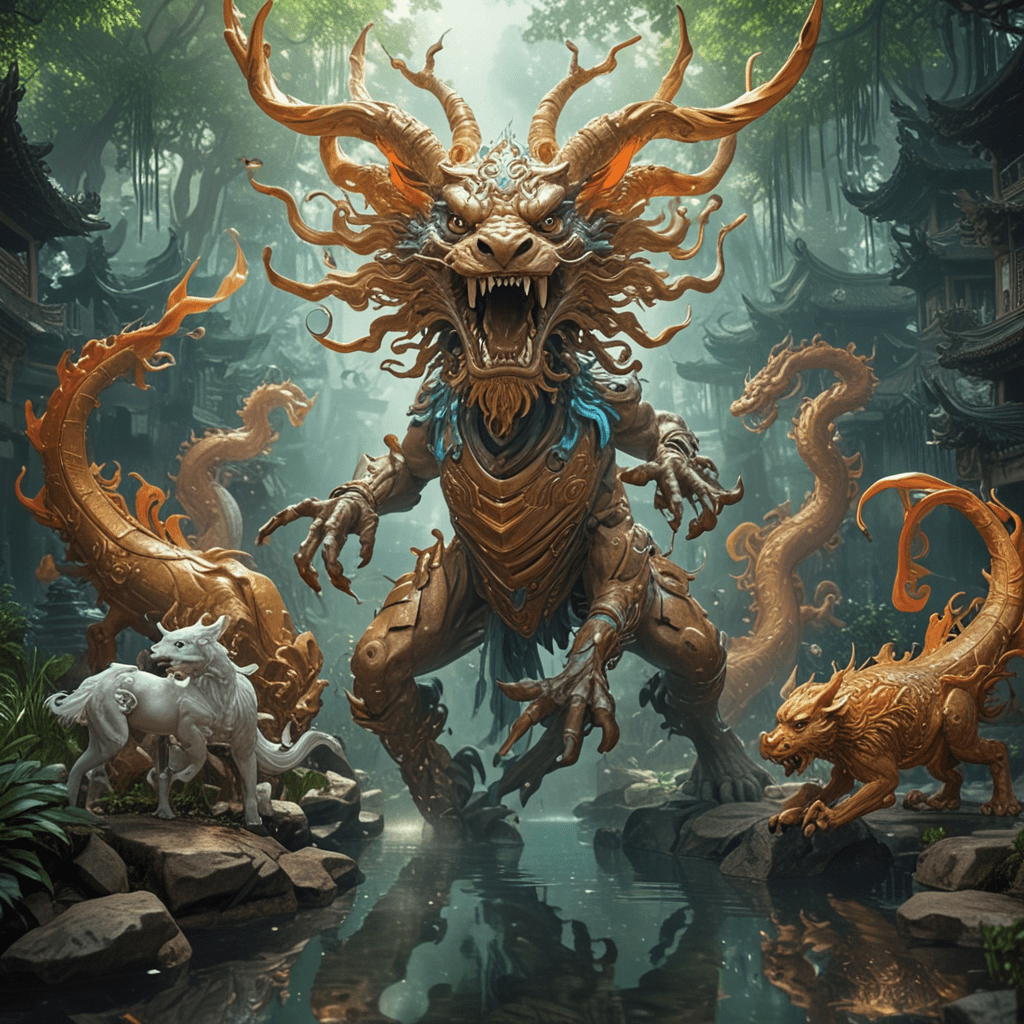The First Heartbeat: How Creation Myths Connect Us to Life
I. Introduction
Creation myths are foundational narratives that explain the origins of the world, humanity, and life. These stories are often rich in symbolism and are integral to various cultures, providing insight into how different societies understand existence and their place within it. Understanding creation myths allows us to appreciate the diverse perspectives on life’s beginnings and the values that shape human experience.
This article explores the significance of the first heartbeat in creation myths, examining its symbolism, cultural interpretations, and the role of nature within these narratives. We will also discuss the intersection of science and mythology, the emotional and psychological impacts of these myths, and their relevance in modern contexts. Ultimately, we aim to highlight how these timeless stories continue to resonate in a globalized world.
II. The Significance of the First Heartbeat in Creation Myths
The first heartbeat is often viewed as a powerful symbol of life itself. It represents not only the initiation of existence but also the connection between all living beings.
- Symbolism of the heartbeat as a life force: The heartbeat is universally recognized as the essence of life. In many cultures, it signifies vitality, growth, and the continuity of existence.
- The heartbeat as a metaphor for beginnings and existence: Creation myths frequently use the heartbeat to symbolize the moment of creation, the awakening of the cosmos, or the birth of humanity.
- Cultural interpretations of the first heartbeat: Different cultures express the first heartbeat in unique ways, often linking it to deities, natural phenomena, or ancestral spirits.
III. Diverse Cultural Perspectives on Creation Myths
Creation myths vary widely across continents and cultures, each offering a distinct perspective on the origins of life.
A. Overview of creation myths from different continents
- African creation stories: Many African myths describe a supreme being who creates the world through thought or word, with the first heartbeat often symbolizing the awakening of nature.
- Indigenous North American myths: These narratives frequently involve a trickster figure and highlight the interconnectedness of all living beings, with the first heartbeat representing the foundation of life on Earth.
- Asian and Pacific Islander narratives: Creation myths from these regions often feature powerful deities who shape the world, with the first heartbeat linked to the rhythmic forces of nature.
- European folklore: Many European tales incorporate elements of creation through divine intervention, with the first heartbeat serving as the moment life is breathed into creation.
B. Common themes and motifs across cultures
Despite their differences, many creation myths share common themes, including:
- The duality of creation and destruction
- The importance of nature and the elements
- The role of divine or supernatural beings
- The concept of a cyclical universe
IV. The Role of Nature in Creation Myths
Nature plays a vital role in many creation myths, often acting as both the canvas and the medium of creation.
A. The connection between nature and the first heartbeat
The first heartbeat often resonates with the rhythms of the natural world, symbolizing the deep bond between humanity and nature.
B. Elements of earth, water, fire, and air in creation stories
These four elements frequently appear in creation myths, each contributing to the birth of life:
- Earth: Represents stability and nourishment.
- Water: Symbolizes purity and the source of life.
- Fire: Embodies transformation and energy.
- Air: Signifies breath and spirit.
C. Ecological implications and lessons from these myths
Creation myths often impart lessons about respecting and protecting nature, emphasizing the interconnectedness of all life forms and the responsibility humans have toward the environment.
V. The Intersection of Science and Mythology
As we delve into the origins of life, the dialogue between modern science and mythology becomes increasingly relevant.
A. How modern science interprets the origins of life
Scientific approaches to understanding life’s beginnings include theories such as abiogenesis and evolution, which provide a framework for the development of life on Earth.
B. The relevance of creation myths in contemporary discussions of life and existence
Creation myths offer philosophical perspectives that complement scientific inquiries, enriching our understanding of existence.
C. Bridging the gap between mythological narratives and scientific understanding
By recognizing the value of both scientific inquiry and mythological storytelling, we can foster a more holistic view of life’s origins and our place in the universe.
VI. The Emotional and Psychological Impact of Creation Myths
Creation myths profoundly shape individual and collective identities, influencing beliefs, values, and cultural narratives.
A. How these myths shape individual and collective identity
Many people find a sense of belonging and purpose through their cultural creation stories, which often reflect shared values and experiences.
B. The role of storytelling in human connection and community
Storytelling fosters connection, allowing communities to share their histories and beliefs, reinforcing social bonds and cultural continuity.
C. The therapeutic potential of creation myths in understanding life’s beginnings
Engaging with creation myths can provide individuals with comfort, guidance, and insight into their own life experiences and existential questions.
VII. The First Heartbeat in Religious and Spiritual Contexts
Creation myths are deeply intertwined with religious beliefs, often enriching spiritual practices.
A. Connections between creation myths and religious beliefs
Many religions incorporate creation narratives that reflect their core teachings and values, offering followers a sense of meaning and purpose.
B. The significance of the first heartbeat in spiritual practices
The first heartbeat is often seen as a sacred moment, representing the divine breath of life instilled in all beings.
C. Comparative analysis of creation stories in major world religions
Examining creation myths across religions reveals both similarities and differences, illustrating how diverse cultures conceptualize the divine and the origins of life.
VIII. Modern Interpretations and Adaptations of Creation Myths
Creation myths continue to inspire contemporary literature, art, and culture, adapting to modern sensibilities while retaining their core messages.
A. The influence of creation myths in literature and arts
Many authors and artists draw upon creation narratives, using them as a foundation for exploring themes of existence, identity, and humanity.
B. Retellings and reinterpretations in contemporary culture
Modern adaptations of creation myths often reflect current societal issues, providing a lens through which to examine contemporary life.
C. The relevance of these stories in addressing modern existential questions
Creation myths can help individuals navigate existential dilemmas, offering insights into the human experience and the mysteries of life.
IX. The Future of Creation Myths in a Globalized World
As the world becomes increasingly interconnected, the future of creation myths faces both challenges and opportunities.
A. The impact of globalization on traditional creation myths
Globalization can lead to the dilution of traditional narratives, but it also promotes the sharing and exchange of cultural stories.
B. Preservation of cultural narratives in the digital age
Digital platforms provide opportunities for the preservation and dissemination of creation myths, allowing diverse voices to share their stories with a global audience.




